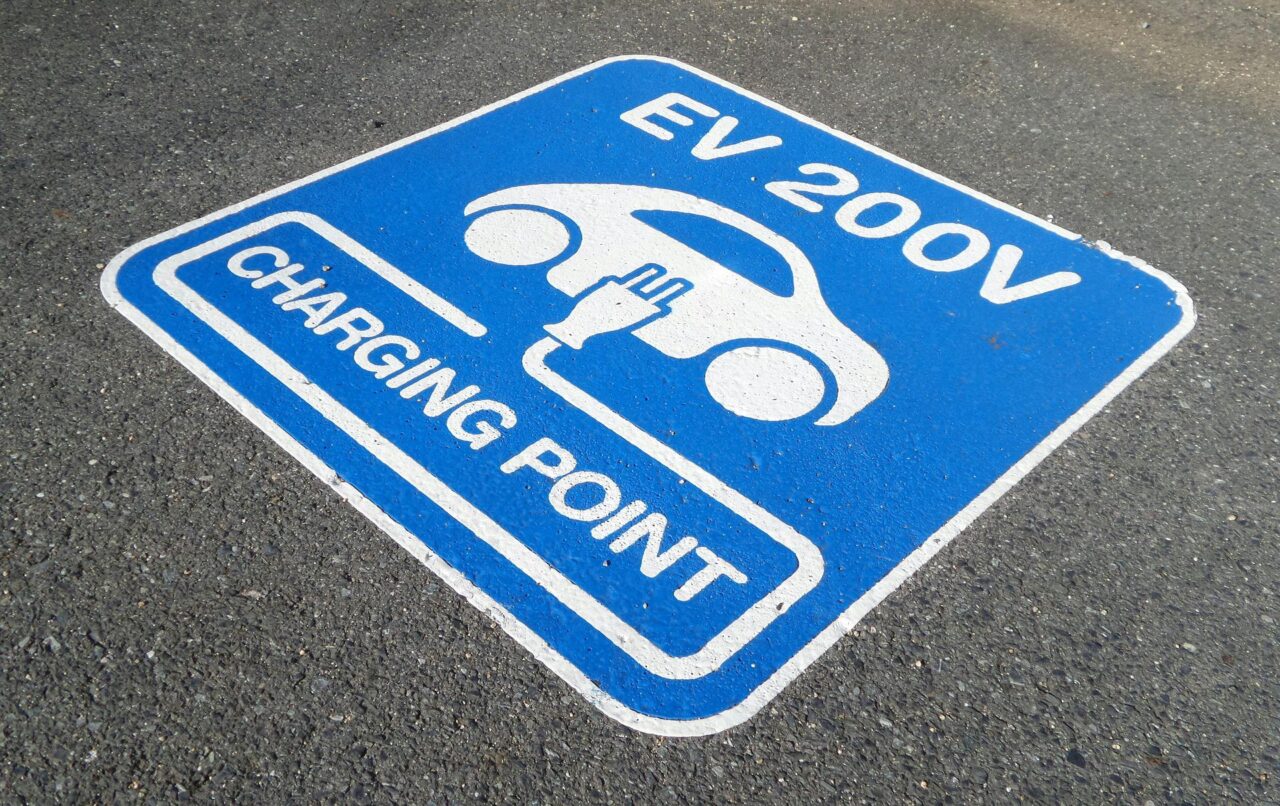Is it cheaper to plug in or fill up a taxi?

Rising fuel and energy prices are affecting everyone, especially taxi drivers and those who earn their living on the roads.
As fuel prices have continued to rise, and with the ban on new petrol and diesel vehicles in the UK from 2030, many people have been turning to electric vehicles for a cheaper, greener alternative and had thought charging at home would add a few extra pounds to their electricity bill. But the difference in running costs is not as big as many people hoped.
Whether you are running a public hire taxi or private hire taxi, the cost of purchasing an electric vehicle is greater than a petrol or diesel equivalent – and the EV iconic black cab starts at just over £55,000.
There are savings to be made with congestion charges and clean air zones, but this is a big investment for business owners such as taxi drivers and it will have to make worthwhile savings during its lifetime.
As well as being better for the environment, we have been told that EVs have much lower maintenance and running costs than petrol and diesels. But when energy regulator Ofgem announced on Friday that it is increasing the energy price cap from October 1 by £1,578 a year from £1,971 to £3,549 for an average household, the incentive doesn’t seem as great.
Because EV technology and infrastructure is constantly emerging, there are variable factors that go into working out precisely what it costs to run an EV compared to a petrol or diesel cab.
With so many figures flying around, financial website thisismoney.co.uk has done some digging to work out a real-terms comparison of similar vehicles – the Volkswagen ID.3 with 58kWh battery, currently priced from £36,195, and the VW Golf 1.5 petrol, starting at £25,590.
Taking the worst-case scenario, thisismoney has calculated that to fully charge the ID.3 at home from October 1 will be £30.67 – almost double the current £16.69 and it alculates the price per mile will rise from 6.3p to 11.6p.
With an official range of 265 miles, drivers covering an average of 10,000 miles a year will need to charge at least 38 times, taking the total annual charging cost from £634 today to £1,165 from 1 October.
The Golf has an official range of 550 miles and a 50-litre petrol tank which currently costs about £85 to fill. To drive 10,000 miles in a year it will need to be filled up 19 times for a total £1,619 – £454 more than charging the ID.3.
But is that enough of a saving to encourage taxi drivers to make the switch and spend £11,000 more on an electric equivalent?
The other issue is that while charging an EV at home during off-peak hours can bring down bills further, the reality for taxi drivers is they will have to recharge their vehicles during peak times, often at fast-charging points such as on motorways, which are more expensive.
With prices at public charging stations expected to rise, an electrifying.com study predicts that for those without a charger at home, the total cost per year of charging the ID.3 could reach £2,007 – £388 more than the petrol Golf.
This means that unless you are able to charge an EV at home, from October 1, it could be cheaper to stick with the petrol version.
Motoring expert and FairChange campaign founder Quentin Wilson told thisismoney: “If the cost of charging an EV starts to get close to the cost of filling up with petrol, then we will lose one of the main incentives that has driven hundreds of thousands to make the switch and millions more to consider it.”
It is vital that the industry looks to protect the environment wherever possible and that is the goal of many taxi operators. But at the moment, with rising bills to pay, it is something many people just cannot afford to do.






